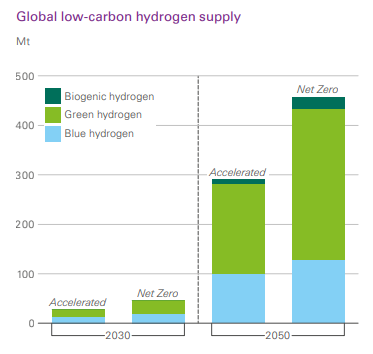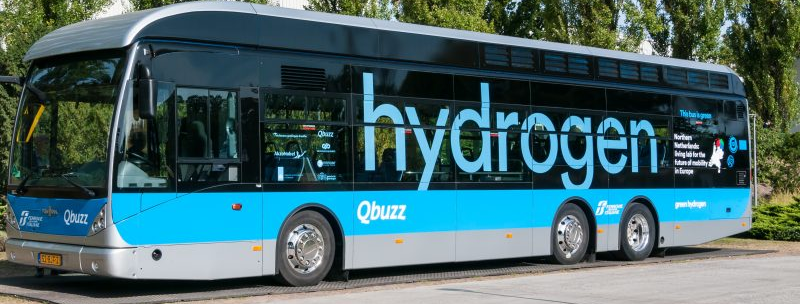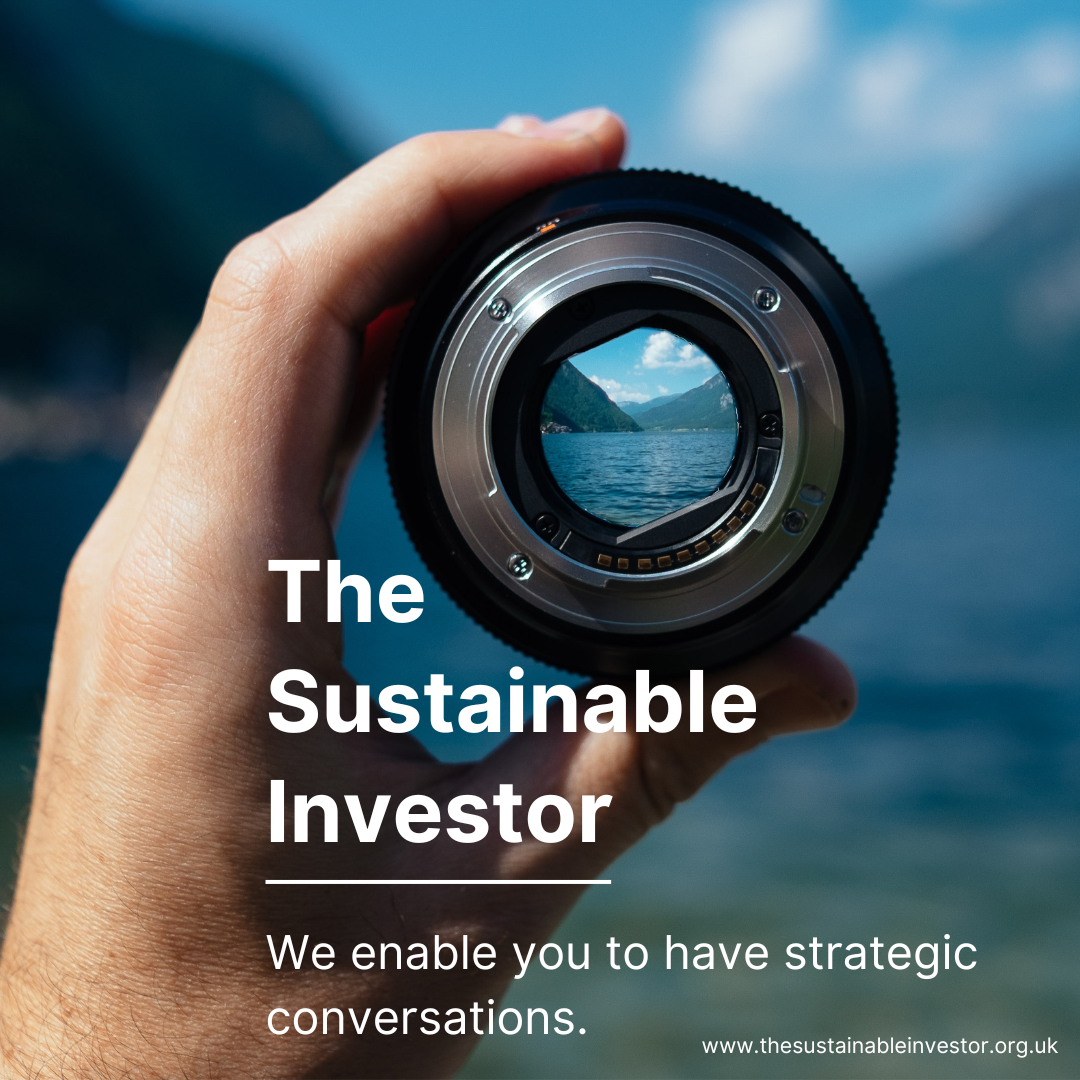Level playing field for blue and green hydrogen
Hydrogen is a big decarbonisation problem in itself. Understanding what 'clean' really means allows us to solve that problem in the right way.
Summary: The Hydrogen Science Coalition (HSC) has proposed a definition for 'clean' hydrogen as a standard that will help to meet the 1.5oC Paris Agreement target and will last the test of time. In other words, the form of 'clean hydrogen' production will not become obsolete in a few years, because it is too dirty. A secondary aim is to apply the same standard to green hydrogen as blue hydrogen so that there is a level playing field and all hydrogen will be equally clean. Hydrogen is a big decarbonisation problem in itself as most is produced from fossil fuels today.
Why this is important: Hydrogen demand was ~ 94 Mt with more than half of that used in producing ammonia (of which ~80% is used to make fertiliser). Almost all of the remaining hydrogen demand comes from refining.
The big theme: Hydrogen is both an energy carrier and an important element in a number of chemical and industrial processes. It is often portrayed as the Swiss army knife of energy sources, something that can turn its hand to almost any application. As a result, many studies forecast a massive surge in demand. Some uses make sense, but for many applications, we actually have better alternatives. Yes, demand will probably rise strongly, many of the "best" applications are in heavy industry - which has material implications for which companies will create and retain value.

The details
Summary of the 'clean' hydrogen definition proposal from the Hydrogen Science Coalition:
The HSC believe that blue hydrogen must at least meet the same emissions levels as green hydrogen over its lifecycle ensuring a level playing field such that whatever the source of hydrogen (H2), end use cases for 'clean'hydrogen will have equally low CO2e emissions. It should also mean that the best available technology is used and subsidies will not favour one sector over another.
The HSC give four components of the proposed definition of 'clean hydrogen' utilising the Green Hydrogen Standard, the Methane Emissions Certification Standard from MiQ and ISO. At the very high level these components are:
1. Definition of clean:
CO2e emissions from the entire supply chain are no more than 1kg CO2e per kg H2
(note that the global warming potential or GWP is calculated on a 100-year time horizon)
2. Clean energy input:
Need to evidence origin of all energy used in hydrogen production and CO2 sequestration (capturing).
Need to guarantee CH4 (methane) emissions throughout the gas supply chain.
3. Low product emissions:
Guarantees of CO2e emissions through the Reforming process and downstream as well as during the design process.
Guarantees of long-term storage (maintaining at least 99 percent over 1,000 years) including monitoring.
4. Independent process audit:
This should be done in accordance with ISO 14016:2020 'Environmental management - guidelines on the assurance of environmental reports'
'Blue hydrogen' = produced using natural gas / fossil gas with the CO2 captured during the manufacturing process and stored permanently underground.
Why this is important
Hydrogen demand in 2021 was approximately 94 Mt (94,000,000,000 kgs). More than 57% of that was used in industrial processes (about 54 Mt) chiefly in producing ammonia using the Haber-Bosch process. About 80% of ammonia produced is used to make fertiliser which is important in helping to ensure high crop yields and aiding food security. Methanol production and the use of hydrogen to reduce iron in the steel industry make up the remainder of the industrial uses. Almost all of the remaining hydrogen demand comes from refining (about 40 Mt or 42%) in removing impurities (particularly sulphur) producing lighter products (e.g. diesel, jet fuel and petrol). The IEA forecast demand could reach 115 Mt by 2030 with less than 1.7% would come from new uses. Hydrogen is in itself a decarbonisation problem as almost all of it is made from fossil fuels currently, particularly fossil gas/natural gas using steam-methane reforming (SMR). This is referred to as 'grey hydrogen' whilst hydrogen made from coal is referred to as 'black' or 'brown' depending on the type of coal. A core principle of the HSC is that green hydrogen be deployed to "hard to decarbonise sectors, starting with where fossil hydrogen is used today." Given the high use of hydrogen in refining, if alternative fuel sources and propulsion systems are found for transportation, for example, the need for some of those lighter refining products could fall anyway.
What are the other different colours of hydrogen? The gas itself is colourless and even seems to burn with a colourless flame (it is actually a very pale blue, but not visible in daylight). However, there are different colours commonly assigned to different production methods for hydrogen - they are just a shorthand. We have already discussed a few: green, blue, black and brown. Here are some others: Pink = generated through electrolysis powered by nuclear energy; turquoise hydrogen = using methane pyrolysis to produce hydrogen and solid carbon which requires very high temperatures; white hydrogen = naturally occurring geological hydrogen (but this is still nascent). At the moment the bulk of hydrogen produced is blue with growth focused on green.
In bp's Energy Outlook 2023, they point out that the use of low-carbon hydrogen will grow and green hydrogen will be the dominant source accounting for approximately 60% of low carbon hydrogen in 2030 increasing to 65% by 2050 in their 'Accelerated' (CO2e to fall by 75% from 2019 levels by 2050) and 'Net Zero' (CO2e to fall by 95%) scenarios.

One of the big challenges for investors in analysing industries that have massive growth "potential", is disentangling what is hope from what is likely. And if the growth potential is not just hype, working out if companies can actually grow profitably. We argue that green hydrogen is a classic example of this challenge.

A number of countries have announced significant investments in building out green hydrogen production including governments covering the cost differential between current green and blue hydrogen production. We will be covering that in more depth in a future blog but, for the meantime, Germany is one example with plans announced at COP27 in Egypt:

Something a little more bespoke?
Get in touch if there is a particular topic you would like us to write on. Just for you.
Contact us
Please read: important legal stuff.



